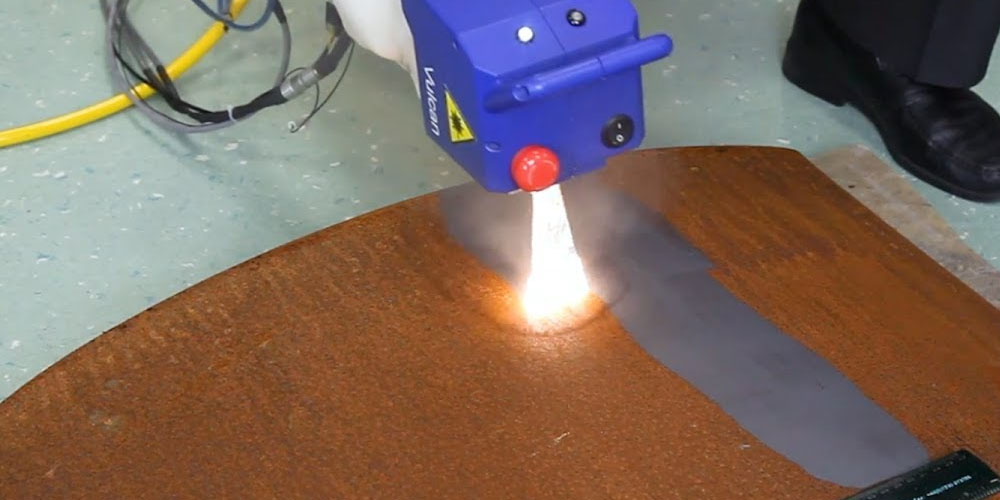Copper, gold, and silver are some of the only metals found in their metallic state in nature. Others, such as iron, must be processed from minerals into metals that happen to be unstable in their environment. Thus, such processed metals corrode because of their chemical composition. But, they may take longer to rust if appropriately treated. However, in the long run, you will experience rust, and that is where rust removal using a rust cleaning laser comes in.
1. Understanding Different Solutions to Rust Removal
Rust is troublesome. It is even worse for high-value commodities. In the military, for example, different applications such as armored vehicles and fighter jets are affected. Other products that need rust removal are such as:
- Rocket engines
- Trucks
- Buses
- Conveyor belts
- Heavy machinery
2. Blasting
Blasting falls into two main categories, namely sandblasting and dry ice blasting. The methods have long been applied to remove rust from cars and other products. Just as it sounds, blasting blasts away chemicals and other contaminants using pressure.
Given that it has extreme pressure, media blasting is a quick solution for large surfaces affected by rust.
On the other hand, ice blasting is effective on thick contaminants such as thicker layers of rust. Despite your needs, there is always an appropriate media blasting method effective for various types of surfaces.
Even though there are different applications for media blasting, you can settle for other alternatives because:
Media blasting is precarious for the product you are cleaning and the environment. It is also dangerous for your operators. To safely procure this method, operators should wear full safety suits for prevention.
Similarly, media blasting is expensive. From purchasing the dry ice to making sure that the machine is stored in a particular location and replacing equipment, media blasting can blow your budget.
3. Laser Cleaning
Whereas media blasting flashes away rust and other contaminants, laser cleaning applies pulses and light to absorb rust from metallic surfaces. The two elements penetrate the metal while cleaning it without interfering with the substrate.
4. Media Blasting Vs. Laser Cleaning
Laser cleaning for rust removal is safer than media blasting. It is also more efficient and effective as it clears all targeted areas. If properly used, there is just a small risk of injury.
Plus, laser cleaning also produces little to zero waste. It, therefore, requires no cleanup in the long run.
While there are abundant reasons to adapt to laser cleaning, lasers may not be effective at cleaning your surfaces as quickly. Regardless of the beam, you will always be limited to the laser beam’s sight, mainly when cleaning crevices coupled with hidden areas.
Final Thoughts
Laser rust removal is not a contact method. It plays a huge role in removing rust and drastically lowers the total maintenance cost. Over and above, lasers are safe if integrated with dust extraction systems. With these elements in place, operators near laser systems do not need protective gear for their respiratory systems or other body parts. Besides, they will no longer be handling hazardous materials.
